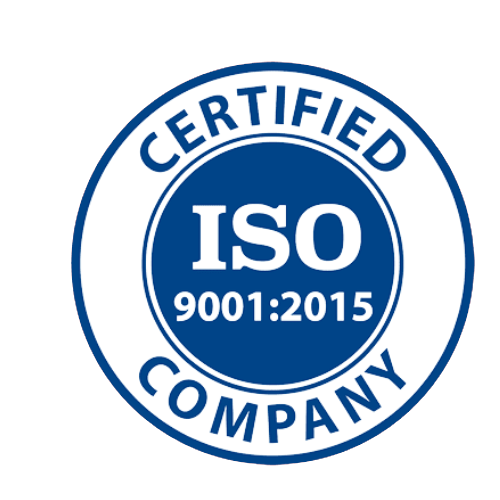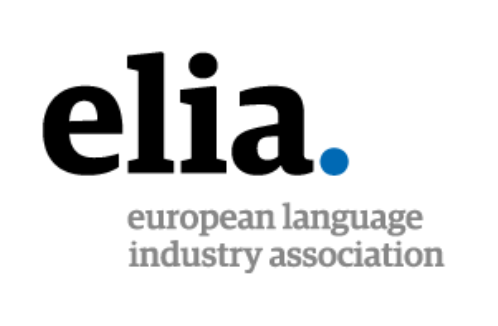In the fast-paced digital age, learning has transcended traditional boundaries, thanks to the widespread adoption of eLearning platforms. As education becomes increasingly global, the need for efficient and accurate translation services has never been more crucial. Enter Machine Translation (MT), a game-changing technology that is reshaping the eLearning landscape. In this blog, we delve into how MT is revolutionizing eLearning translation services and opening doors to accessible, multilingual education.
A New Era of Learning:
eLearning has emerged as a versatile and accessible way to acquire knowledge, offering flexibility for learners worldwide. However, language barriers have often limited the reach of these platforms. MT’s introduction has transformed this scenario, making education available to diverse audiences by breaking down linguistic barriers.
Efficiency and Speed:
MT’s most notable advantage lies in its ability to process vast amounts of content rapidly. This efficiency accelerates the translation process, allowing eLearning content to be made available to a global audience within moments. What once took days or even weeks can now be achieved in real-time, expanding the potential of learning without delays.
Cost-Effectiveness:
Traditional human translation services can be expensive, particularly when dealing with large volumes of content. MT offers a cost-effective alternative, reducing the financial burden while delivering translations that are coherent and largely accurate. This cost efficiency makes eLearning platforms more accessible to a broader range of learners.
Access to Multilingual Content:
MT’s impact is most evident in its ability to translate content into multiple languages simultaneously. This versatility ensures that eLearning materials can be enjoyed by individuals from various linguistic backgrounds, effectively democratizing education and promoting inclusivity.
Customization and Personalization:
The adaptability of MT enables eLearning platforms to offer customized learning experiences. Content can be translated and tailored to suit the specific preferences and needs of learners, enhancing engagement and knowledge retention.
Supplementing Human Expertise:
While MT undoubtedly enhances the accessibility of eLearning content, the human touch remains irreplaceable. Complex subject matters, idiomatic expressions, and cultural nuances may require the finesse of human translators to ensure the highest level of accuracy and quality.
Future Possibilities:
The evolution of MT promises exciting developments for eLearning translation services. As technology advances, we can anticipate even more refined translations that capture the nuance and context of educational materials. The integration of MT with Artificial Intelligence (AI) could lead to real-time translation and adaptive learning experiences tailored to individual learners.
Conclusion: A Global Learning Ecosystem
Machine Translation’s role in eLearning is more than just translating words; it’s about fostering a global learning ecosystem where language is not a barrier to education. By making knowledge accessible in multiple languages, MT is empowering learners around the world, promoting cross-cultural understanding, and bridging gaps in education. As MT continues to evolve, the future of eLearning is indeed bright – a future where anyone, regardless of their native tongue, can embark on a journey of discovery, growth, and empowerment.




